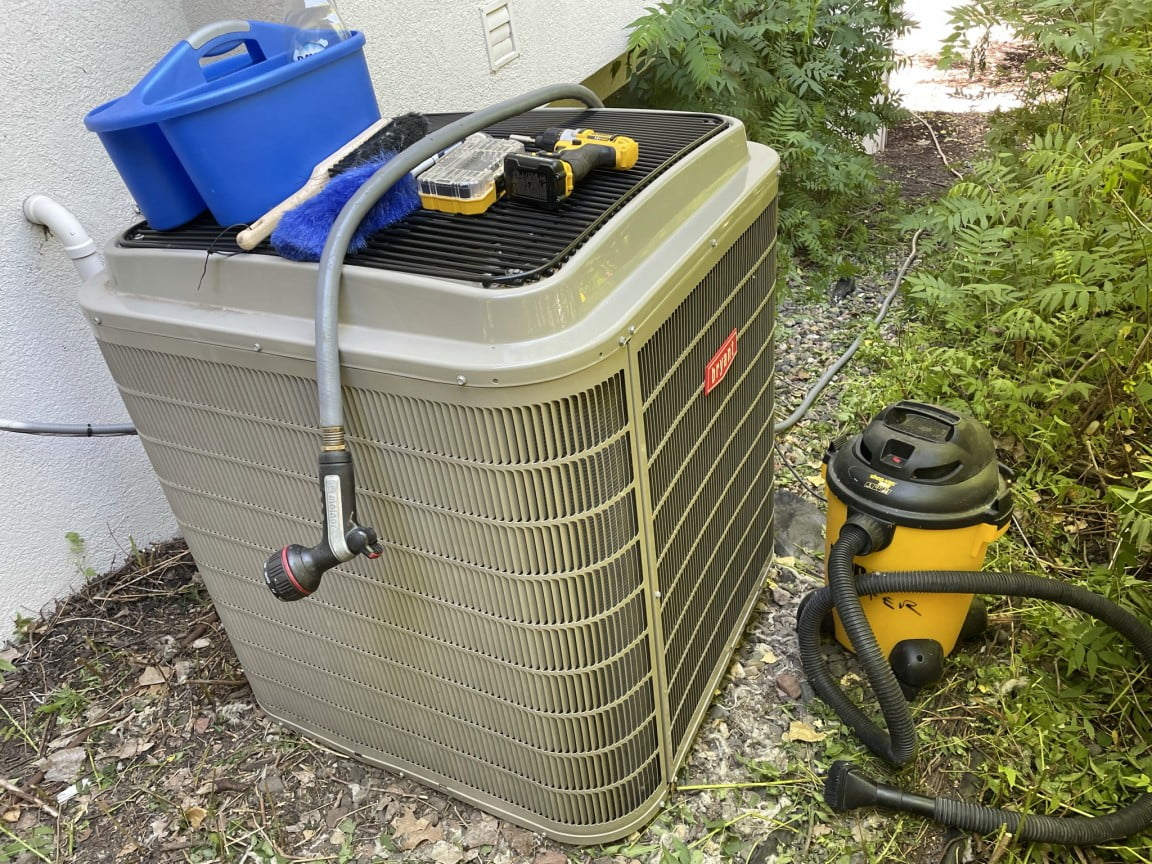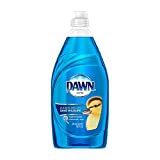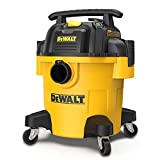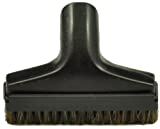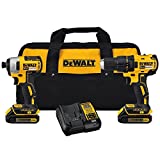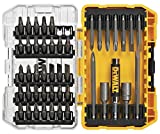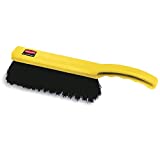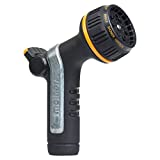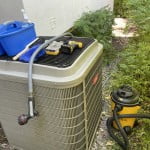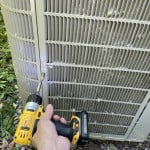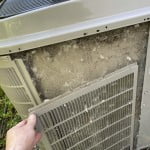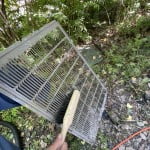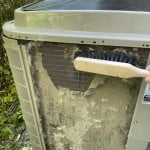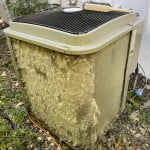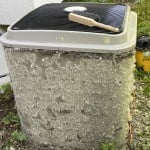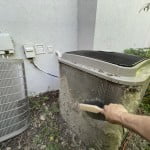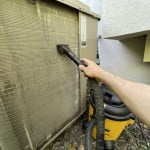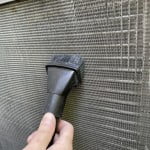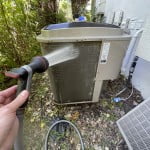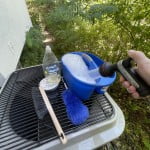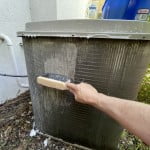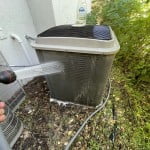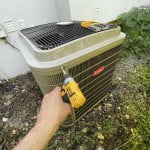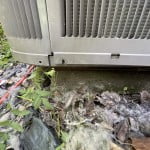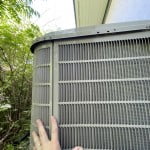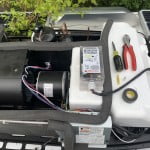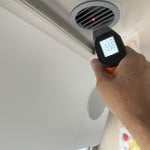Keeping the condenser coil of your central AC unit clean is super important.
The condenser coil unit of your AC is the box that sits outside and receives the warmed refrigerant from the inside part of your AC (evaporator coil) after it cools the air within your HVAC system.
The job of the condenser is to compress the refrigerant from its warmed gas state back into a cool liquid and release heat from the refrigerant into the environment.
This heat release (transfer) occurs in the condenser coils which act like a radiator, releasing heat into the air passed through the coils by the condenser fan. The process depends on a large volume of airflow across the condenser coils and therefore clean, unobstructed condenser coils.
To keep your AC functioning efficiently, quietly and at the lowest cost, the condenser coils need to be cleaned periodically. Most manufacturers recommend condenser coil cleaning at least annually.
As you’ll see shortly, my condenser coils are way overdue for cleaning. Several large cottonwood trees near our home release their seed fiber each spring, quickly creating a solid layer over the surface of our condenser coils.
The good news is that AC condenser coil cleaning is easy and only requires a few simple tools. Here are a few do’s and don’ts for cleaning your AC condenser coil.
AC Condenser Coil Cleaning Do’s:
- Always turn off the power to the AC condenser unit before cleaning!
- Do use a soft bench brush to remove heavy debris.
- Do use a shop vacuum with a soft brush attachment to remove fine dust between the coil fins.
- Do use a light mist from a garden hose to wash and rinse the condenser coils.
- Do use a mild detergent like dish soap and a bench brush to degrease and wash the coils and fins.
- Do use care when re-assembling the condenser grills to avoid pressing on and flattening the coil fins.
AC Condenser Coil Cleaning Don’ts:
- Don’t service or clean your AC with the power on!
- Don’t use high pressure water or a power washer to clean condenser coils – the high pressure. water can easily bend and flatten the delicate coil fins of the condenser.
- Don’t use stiff brushes or tools that can damage and flatten condenser coil fins.
- Don’t use flammable solvents, cleaners or fuels to clean condenser coils.




